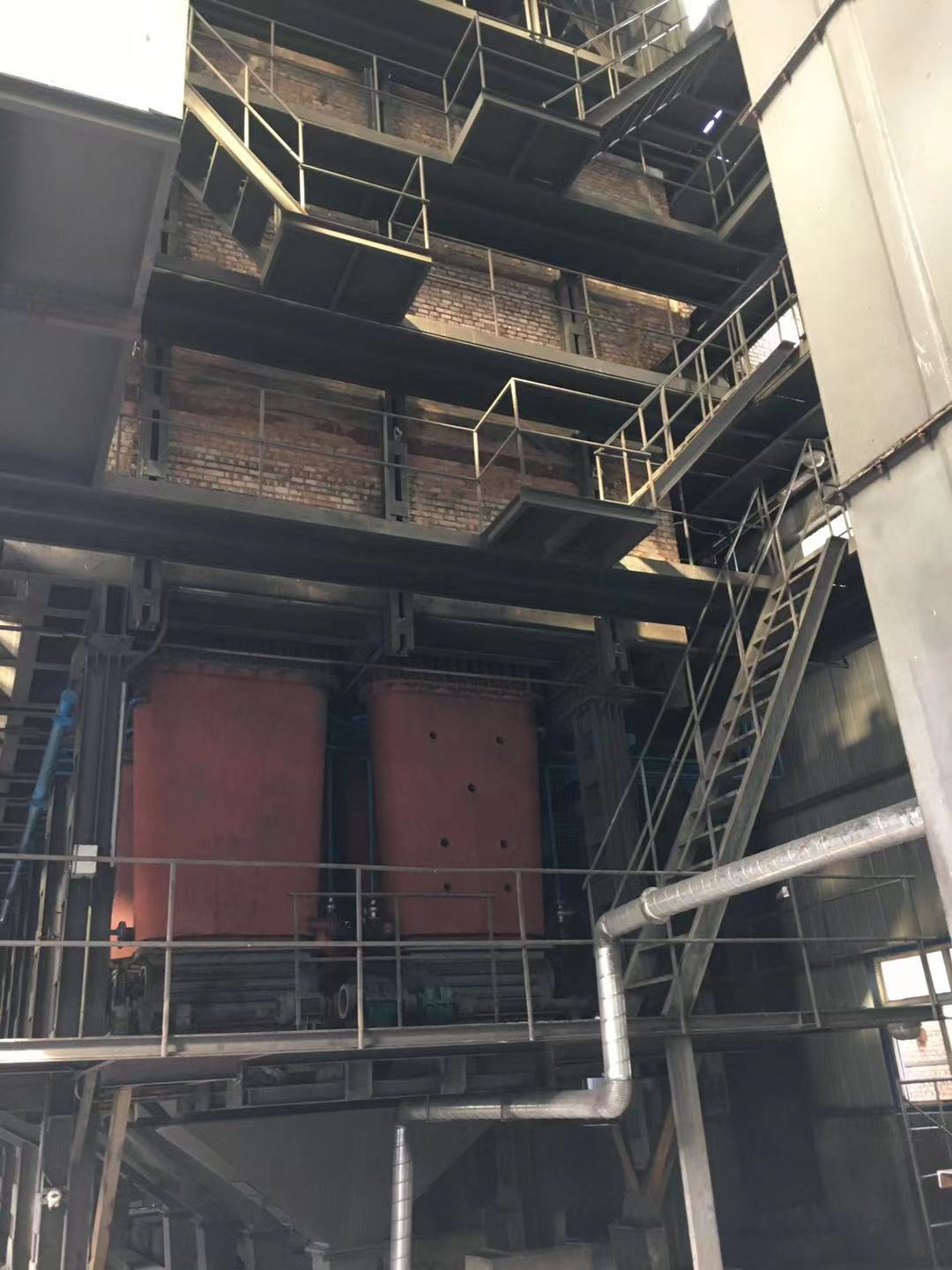DISCUSSION AND PRACTICE OF HIGH TEMPERATURE CALCINATION TECHNOLOGY OF PETROLEUM COKE
1. The significance of high temperature calcination of petroleum coke
Petroleum coke calcination is one of the main processes in the production of aluminum anodes. During the calcination process, petroleum coke has changed from elemental composition to microstructure, and the physical and chemical properties of the raw material after calcination are significantly improved.
This special product property can meet more requirements of the chemical industry, and thus be reused by some industrial enterprises. In the calcination process, the thoroughness of the calcination degree and the pertinence of the calcination process will affect the output and precision of petroleum coke. Therefore, it is of great significance to study the high temperature calcination technology for petroleum coke.
2. Technical analysis of high temperature calcined petroleum coke
Combined with the requirements of my country’s chemical industry for the quality, safety, and yield of petroleum coke calcined products, the common high-temperature calcination methods in my country are: rotary kiln, coke oven, tank furnace, etc.
3. Tank calciner technology
(1). Principle analysis: The main structure of the tank calciner is: material tank, fire channel, heat exchange chamber, feeding and discharging device, cooling water circulation device, etc. During the high temperature calcination process, the petroleum coke added to the feed tank realizes the continuous reaction of the internal carbon material through the fixed material inside, thereby completing the high temperature calcination. Among them, the common calcination tank can be divided into co-flow calcination and counter-flow calcination according to the degree and direction of smoke exhaust.
(2). Analysis of advantages, disadvantages and practicability: Tank calciners are widely used in my country and are the core industrial means of my country’s carbon industry. Petroleum coke that has undergone special treatment in tank can meet the requirements of sufficient heating and indirect heating, and The interior can avoid air contact, reduce the oxygen loss rate, and improve the yield and quality of finished products. However, when the tank calciner technology is adopted, there are many manual operation procedures, which increases the safety risk; at the same time, the multi-channel requirement of the tank calciner itself makes maintenance difficult.

In the future, enterprises can conduct further research on tank calciner technology from the aspects of discharge volume and fault hazard investigation, so as to achieve the purpose of increasing the output of high-temperature calcination of petroleum coke in my country.
Editor: Mike
E:Mike@qfcarbon.com
WhatsApp/wechat:+86-19933504565

















